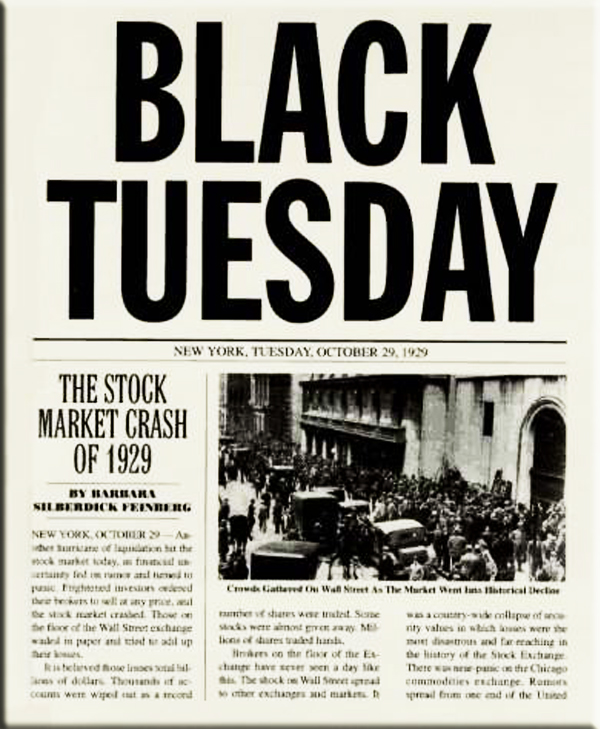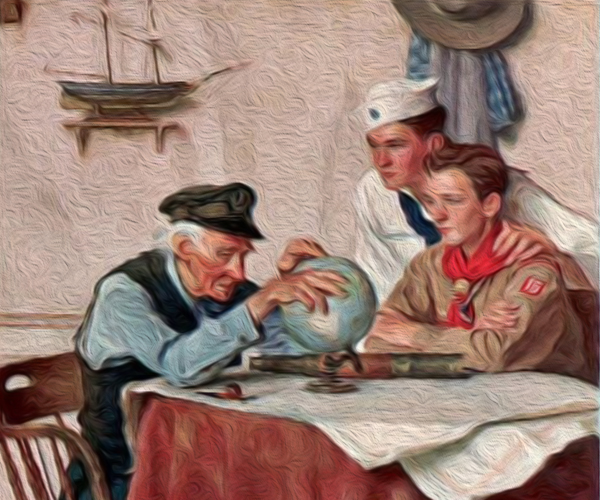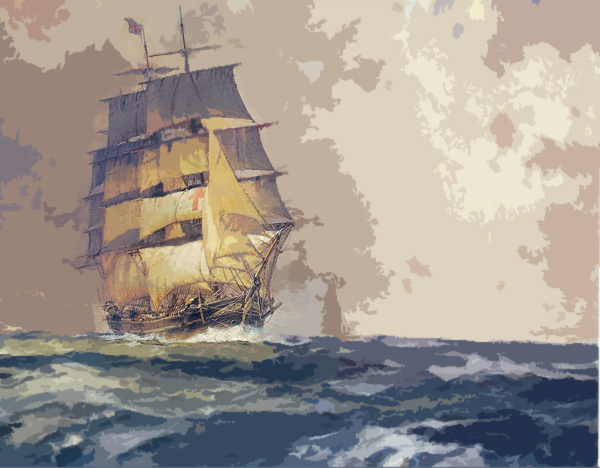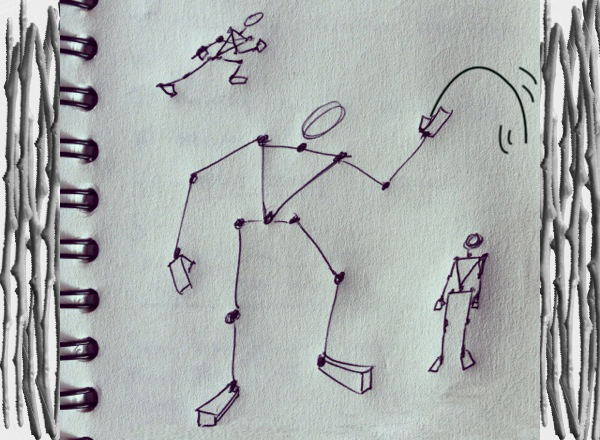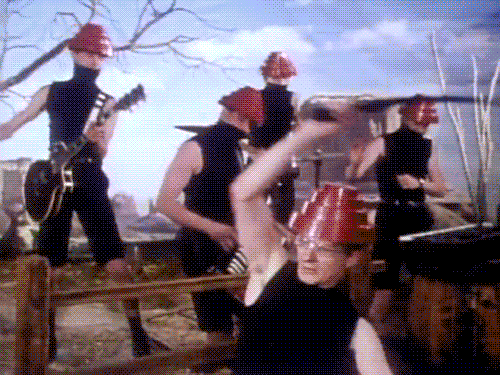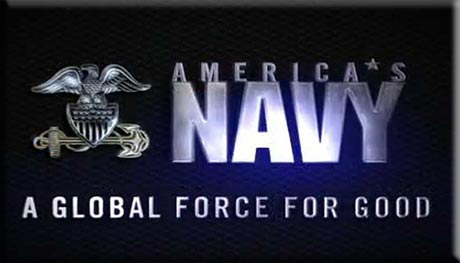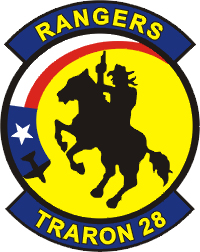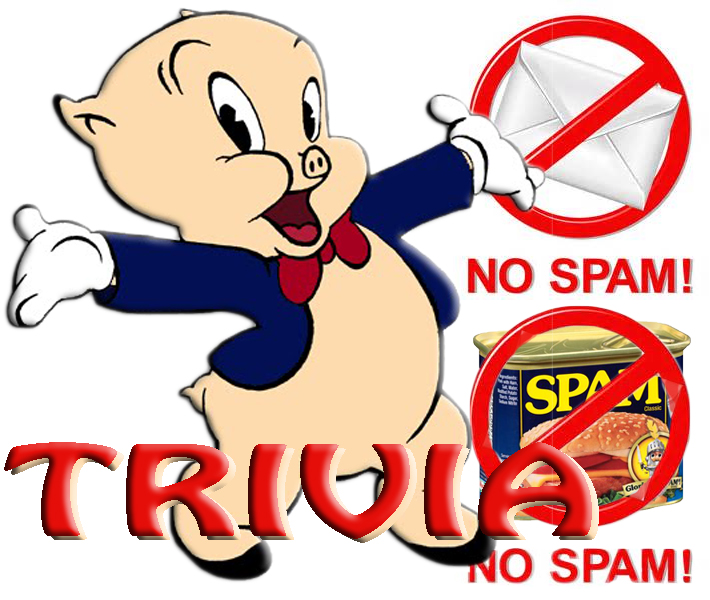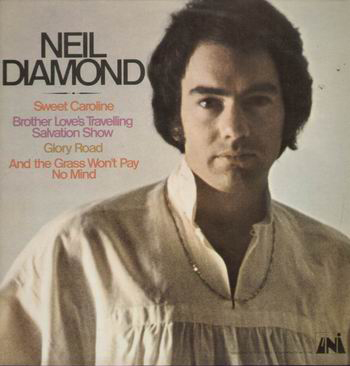
“Sweet Caroline” - Neil Diamond
Album: Brother Love's Traveling Salvation Show
Released 1969 
Diamond wrote this song about his second wife, Marcia Murphey, who he married in 1969 (they divorced in 1995). He needed a three-syllable name to fit the melody, however, so “Sweet Marcia” didn't work. The name Caroline is one he had written down, and it fit the song perfectly, so that's what he used.
Neil Diamond is a great manipulator of the media, and has shifted his story about this song to fit the occasion. There was longtime speculation that the song is about Caroline Kennedy, the daughter of the American president John F. Kennedy. Diamond has since revealed that this Caroline gave him the idea for the name, but had nothing to do with the song's inspiration.
In 2007, however, Diamond performed the song via satellite at Caroline Kennedy's 50th birthday party, and said that the song was about her. He told the Associated Press: “I've never discussed it with anybody before - intentionally. I thought maybe I would tell it to Caroline when I met her someday. I'm happy to have gotten it off my chest and to have expressed it to Caroline. I thought she might be embarrassed, but she seemed to be struck by it and really, really happy.”
Diamond added that he was a young, broke songwriter in the '60s when he saw a cute photo of Caroline Kennedy in a magazine. Said Diamond: “It was a picture of a little girl dressed to the nines in her riding gear, next to her pony. It was such an innocent, wonderful picture, I immediately felt there was a song in there.” A few years later, Diamond wrote the song in a Memphis hotel in less than an hour. Caroline was 11 years old when the song was released.
David Wild wrote in his book He Is...I Say: How I Learned to Stop Worrying and Love Neil Diamond, “Diamond says that 'Sweet Caroline' just seemed to come out of 'the excitement of the moment.' More specifically, Diamond's excitement seemed to focus on a chord in the song's 'touching hands' section, a relatively unusual A6 chord that he had never played before.”
Even though the song has nothing to do with Boston, the Red Sox played it at Red Sox home games in Fenway Park before the Red Sox bat in the the 8th inning. Amy Tobey, who worked the music at Fenway, first started playing the song in 1997 - it's often reported that she played it in honor of a Red Sox employee who named her newborn daughter “Caroline”, but Tobey told NPR that she simply liked the song. It caught on with the fans, becoming a popular selection between innings. When Charles Steinberg took over as Red Sox executive vice president of public affairs in 2002, he championed the song, and instituted it as an 8th inning ritual (strategically placed before the Sox come up to bat late in the game), where it has been played ever since. Caroline Kennedy even attended a game that year, which was before Neil Diamond revealed her as the inspiration.
The song is an audience participation number in that the crowd sings “dum-dum-dum” after the words “Sweet Caroline” in the chorus and “so good, so good, so good” after “good times never seemed so good”, assisted by the music director who ducks the song down at this point so the crowd sounds louder. This Fenway ritual is portrayed in the Drew Barrymore/Jimmy Fallon movie Fever Pitch.
Neil Diamond told AOL Music Canada that Frank Sinatra's version of this with a big band is his favorite of all the covers of his material. He explained: “He did it his way. He didn't cop my record at all. I've heard that song by a lot of people and there are a lot of good versions. But Sinatra's swinging, big band version tops them all by far.” Other artists to record the song include Waylon Jennings, The Drifters, Julio Iglesias and Elvis Presley.
According to Diamond, this song was divinely inspired. “I think there's a little bit of God in that song. I always have felt that”, he told the Los Angeles Times in 2013. “There's no accounting for what can happen to a song.”
Diamond recorded this song during his very first recording session, which was in Memphis with producers Tommy Cogbill and Chips Moman. He had a standard three-hour session booked, but only two songs written at a time when at least three was the norm. The night before, he quickly wrote “Sweet Caroline” in his motel room so he would have his third song. Diamond says it was one of the fastest songs he ever wrote.
This song is fun, familiar, and easy to sing, which has made it one of the most popular Karaoke songs of all time. It goes over especially well where alcohol is served, since passable renditions are possible even after a few drinks.
Diamond performed this song on July 16, 2013 at the Major League Baseball All-Star Game, which was held in the home stadium of the New York Mets. The performance took place in the 8th inning, as it was a tribute to the city of Boston and that's when the Red Sox play the song. Diamond's performance was rather incongruently followed by sounds of Metallica's “Enter Sandman”, which signaled the entrance of Mariano Rivera, the New York Yankees relief pitcher who was coming in to pitch his last All-Star game.
Neil Diamond official site / Rock & Roll Hall of Fame / Biography / Song Facts / Wikipedia
Image: “Neil Diamond - Brother Love's Traveling Salvation Show (album)” by Neil Diamond

Joke of the Day
A blonde went to an appliance store sale and found a bargain.
I would like to buy this TV“, she told the salesman.
“Sorry, we don’t sell to blondes”, he replied.
She hurried home and dyed her hair, then came back and again told the salesman, “I would like to buy this TV.”
“Sorry, we don’t sell to blondes”, he replied.
“Darn, he recognized me”, she thought.
She went for a complete disguise this time: a brown curly wig, big baggy clothes, and big sunglasses. Then she waited a few days before she approached the salesman again and said, “I would like to buy this TV.;”
“Sorry, we don’t sell to blondes”, he replied.
Frustrated, she exclaimed, “How do you know I’m a blonde?”
“Because that’s a microwave”, he replied.
